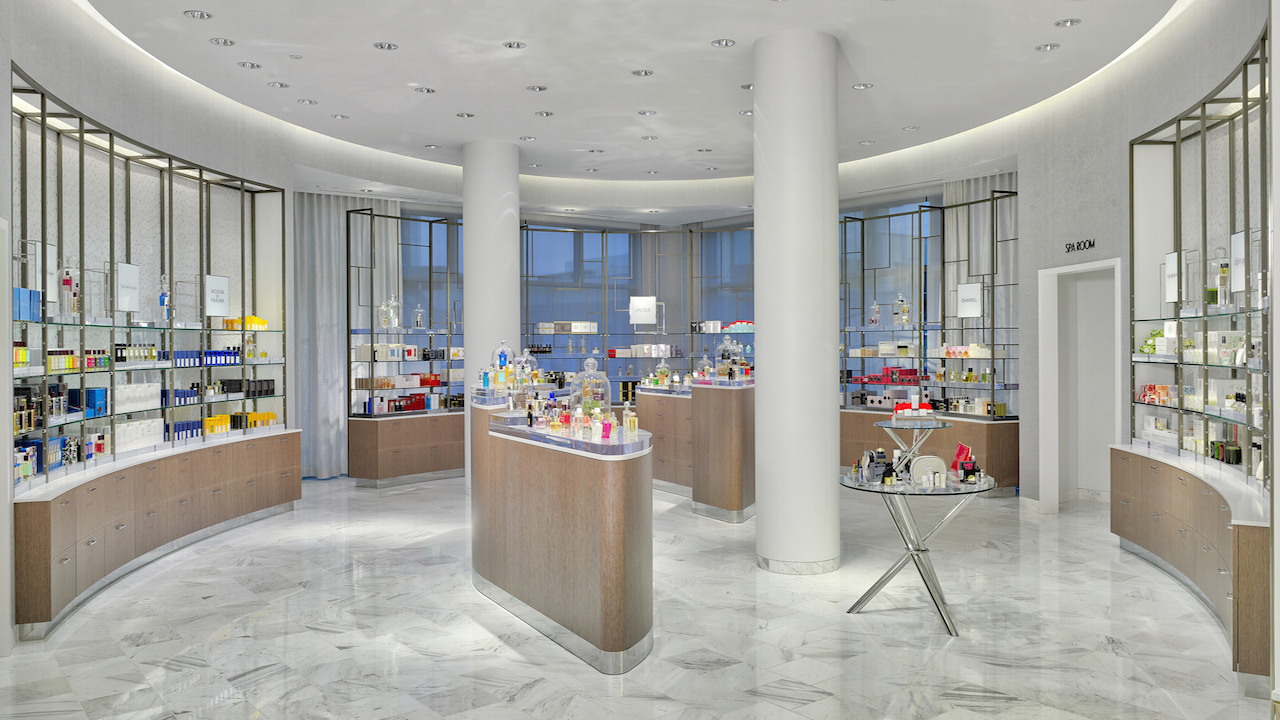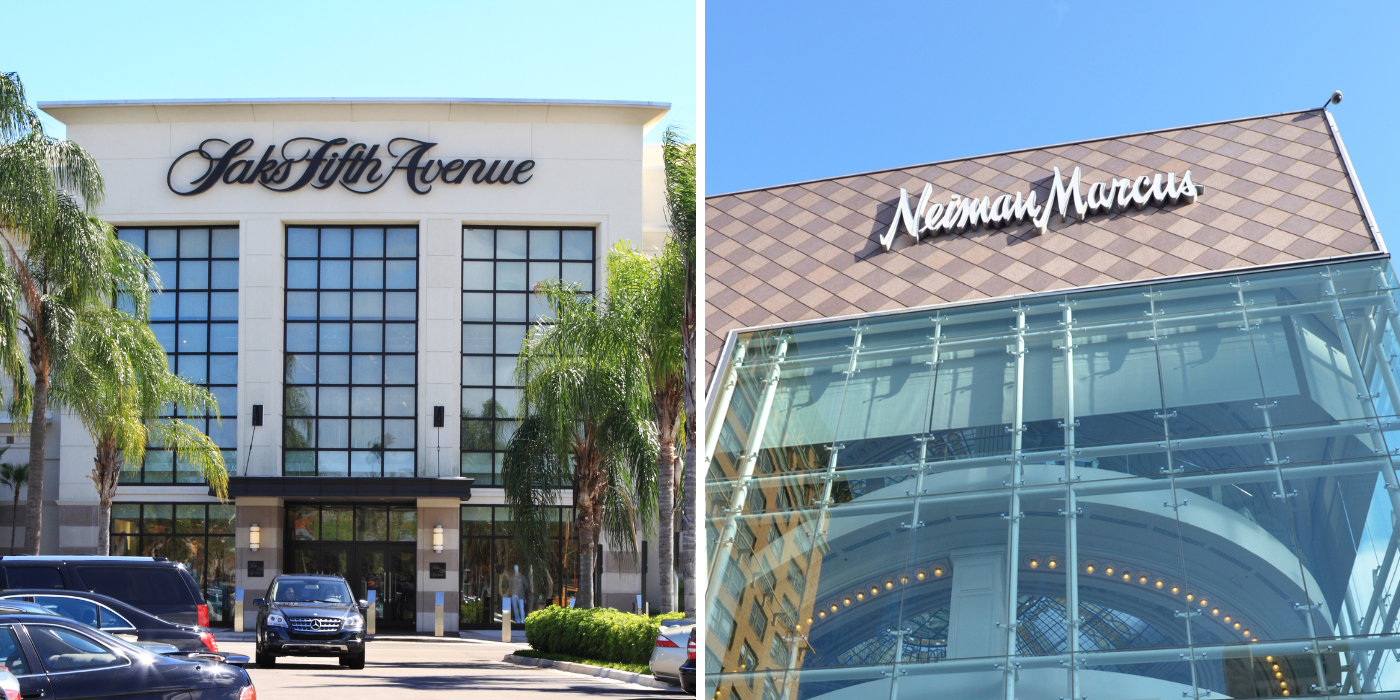Merger Overview

Neiman marcus saks merger – The merger between Neiman Marcus and Saks Fifth Avenue, two iconic luxury department store chains, created one of the largest luxury retailers in the world. The merger was driven by a number of factors, including the need to scale operations, reduce costs, and compete with online retailers.
The merger of Neiman Marcus and Saks Fifth Avenue has sent ripples through the retail industry. Amidst this buzz, news of cat food recalls has also surfaced. As the luxury retail landscape evolves, it’s essential to keep abreast of both the triumphs and challenges facing this sector, ensuring that both the fashion-forward and pet-loving alike remain informed.
The merger process began in 2019 when Neiman Marcus Group, the parent company of Neiman Marcus, acquired a majority stake in Saks Fifth Avenue. The merger was completed in 2020, and the combined company is now known as Neiman Marcus Group.
The recent merger between Neiman Marcus and Saks Fifth Avenue has sent ripples through the retail industry. As the dust settles, it’s worth considering how this consolidation might impact other sectors. In Greece, for instance, the government’s decision to implement a six-day working week has sparked a debate about the potential consequences for businesses and employees alike.
While the long-term effects of both the Neiman Marcus-Saks merger and the Greek working week reform remain to be seen, it’s clear that the retail landscape is in a state of flux.
Timeline of the Merger Process
- 2019: Neiman Marcus Group acquires a majority stake in Saks Fifth Avenue.
- 2020: The merger is completed, and the combined company is renamed Neiman Marcus Group.
Impact on the Retail Landscape: Neiman Marcus Saks Merger

The merger of Neiman Marcus and Saks Fifth Avenue is poised to reshape the luxury retail industry, creating a formidable entity with significant market power. The combined company will boast a vast portfolio of iconic brands, a loyal customer base, and a robust omnichannel presence. However, this merger also presents potential challenges and implications for competitors and the broader retail market.
Benefits for the Merged Entity
- Increased scale and market share: The merger will create a luxury retail powerhouse with a combined annual revenue of over $10 billion, giving it a dominant position in the market.
- Enhanced brand portfolio: The combined entity will offer a wider range of luxury brands, catering to a broader customer base and diversifying its revenue streams.
- Improved omnichannel capabilities: Both Neiman Marcus and Saks Fifth Avenue have strong omnichannel platforms, and their merger will further enhance their ability to seamlessly integrate online and offline shopping experiences.
Challenges for the Merged Entity
- Integration challenges: Merging two large and complex organizations can be challenging, and the integration process could disrupt operations and lead to customer dissatisfaction.
- Increased competition: The merger will create a larger and more formidable competitor for other luxury retailers, who may need to adjust their strategies to compete effectively.
- Pricing pressures: The combined entity may face pressure to lower prices to compete with other luxury retailers, which could erode margins.
Implications for Competitors and the Retail Market, Neiman marcus saks merger
The merger will have a ripple effect on the luxury retail industry, forcing competitors to adapt and innovate to maintain market share. Smaller luxury retailers may face increased competition and could be forced to differentiate themselves through unique offerings or niche markets.
Overall, the merger of Neiman Marcus and Saks Fifth Avenue is a significant event that will reshape the luxury retail landscape. The combined entity will benefit from increased scale, an enhanced brand portfolio, and improved omnichannel capabilities, but it will also face challenges related to integration and competition. The implications for competitors and the broader retail market remain to be seen, but it is clear that the industry will continue to evolve in response to this major consolidation.
Brand Positioning and Differentiation

The merger of Neiman Marcus and Saks Fifth Avenue has resulted in a powerful retail conglomerate with a unique brand positioning and differentiation strategy. The merged entity aims to leverage the strengths of both brands to create a comprehensive and compelling customer experience.
Neiman Marcus is known for its luxury and exclusivity, while Saks Fifth Avenue is renowned for its fashion-forward and contemporary offerings. By combining these attributes, the merged entity has created a brand portfolio that caters to a wide range of customer preferences.
Customer Experience and Perception
The merger has influenced the customer experience and perception of both brands in several ways:
- Expanded Product Offerings: Customers now have access to a wider range of products from both Neiman Marcus and Saks Fifth Avenue, offering a more comprehensive shopping experience.
- Enhanced Loyalty Programs: The merged entity has combined the loyalty programs of both brands, providing customers with more opportunities to earn rewards and benefits.
- Improved Customer Service: The merger has allowed the company to pool its resources and expertise, resulting in enhanced customer service across all channels.
Maintaining Distinct Brand Identities
While leveraging synergies, the merged entity faces the challenge of maintaining distinct brand identities for Neiman Marcus and Saks Fifth Avenue. To achieve this, the company has adopted a strategy that emphasizes the unique strengths of each brand:
- Neiman Marcus: Continues to focus on luxury and exclusivity, offering high-end designer brands and personalized shopping experiences.
- Saks Fifth Avenue: Retains its fashion-forward and contemporary positioning, showcasing emerging designers and offering a wider range of price points.
By maintaining distinct brand identities, the merged entity can cater to the diverse needs and preferences of its customers while maximizing the potential of each brand.